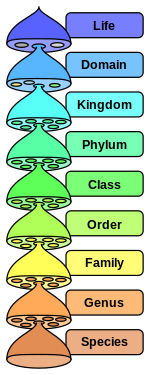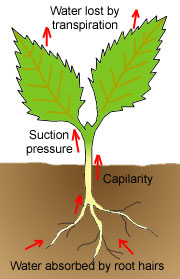Time in: 10am
Time out: 12:15pm
Today I had the opportunity to prune a few fruit trees at The Ranch. Since it was my first time, it was quite an exciting endeavor. Scott had to go to some meetings so he equipped me with a "How to Prune" book and his pair of clippers. The rest was up to me and my common sense.
Out of all the pictures I found on the web about pruning, I like this one the best because it gives you a few rules of thumb to go by:
1. Lop root suckers close to the ground
2. Trim limbs growing too close together
3. Lop water sprouts ever with main branch
4. Clear sucker growth from crotches
5. Lop weak under branches from limbs
6. Remove lower branches from forks
7. Remove "crows feet"
8. Eliminate crossing branches
9. Remove branches that turn back into the tree
Can't say I followed all these rules perfectly, but it was a good first try.
Out of all the pictures I found on the web about pruning, I like this one the best because it gives you a few rules of thumb to go by:
1. Lop root suckers close to the ground
2. Trim limbs growing too close together
3. Lop water sprouts ever with main branch
4. Clear sucker growth from crotches
5. Lop weak under branches from limbs
6. Remove lower branches from forks
7. Remove "crows feet"
8. Eliminate crossing branches
9. Remove branches that turn back into the tree
Can't say I followed all these rules perfectly, but it was a good first try.
































 Aquadulce Fava Beans
Aquadulce Fava Beans Braco Mustard
Braco Mustard Cereal Rye
Cereal Rye Crimson Clover
Crimson Clover

















